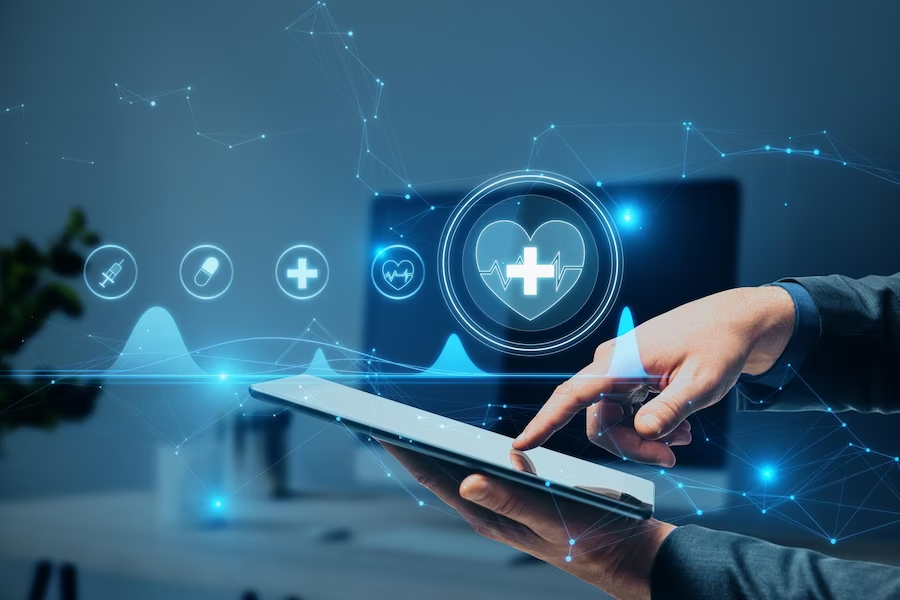Introduction:
In the ever-evolving landscape of healthcare, technological advancements are playing a pivotal role in revolutionizing patient care, diagnosis, and overall operational efficiency. Among the forefront catalysts for change are cutting-edge medical software solutions, which have become integral in reshaping the healthcare industry. This blog aims to delve into the transformative impact of these software solutions, exploring their diverse applications and how they contribute to a more efficient and patient-centric healthcare system.
- Enhanced Diagnostics and Precision Medicine:
One of the key contributions of cutting-edge medical software lies in the realm of diagnostics and precision medicine. Advanced algorithms and artificial intelligence (AI) are enabling healthcare professionals to analyze vast datasets, identifying patterns and correlations that were previously difficult or impossible to discern. This has led to more accurate and timely diagnoses, allowing for personalized treatment plans tailored to individual patient needs.
- Telemedicine and Remote Patient Monitoring:
The rise of telemedicine has been accelerated by sophisticated medical software solutions. Patients can now connect with healthcare providers remotely, facilitating consultations, follow-ups, and even monitoring chronic conditions from the comfort of their homes. This not only enhances accessibility to healthcare services but also reduces the burden on physical healthcare facilities, especially critical in times of global health crises.
- Operational Efficiency and Workflow Optimization:
Cutting-edge medical software solutions are streamlining administrative and operational workflows within healthcare institutions. From appointment scheduling to billing and electronic health record (EHR) management, these solutions are automating routine tasks, minimizing errors, and freeing up valuable time for healthcare professionals to focus on patient care. The result is a more efficient and cost-effective healthcare system.
- Integration of Wearable Devices and IoT:
The integration of medical software with wearable devices and the Internet of Things (IoT) is transforming the way healthcare data is collected and monitored. Patients wearing smart devices can generate real-time health metrics, providing continuous insights into their well-being. This data can be seamlessly integrated into medical software platforms, offering a holistic view of a patient’s health and enabling proactive interventions before issues escalate.
- Cybersecurity Challenges and Solutions:
As medical software becomes more pervasive, ensuring the security and privacy of patient data is paramount. This section explores the cybersecurity challenges associated with the widespread use of medical software and discusses the innovative solutions being implemented to safeguard sensitive information. From robust encryption protocols to biometric authentication, the industry is actively addressing potential vulnerabilities to ensure patient confidentiality.
Conclusion:
In conclusion, the impact of cutting-edge medical software solutions on healthcare is profound and multifaceted. From revolutionizing diagnostics to enhancing operational efficiency and embracing telemedicine, these advancements are shaping a future where patient care is not only more effective but also more accessible. However, as the industry continues to evolve, addressing cybersecurity concerns remains crucial to maintaining the trust and integrity of the healthcare ecosystem. As we navigate this technological frontier, the promise of a more connected, data-driven, and patient-centric healthcare system is becoming a reality through the power of innovative medical software solutions.
